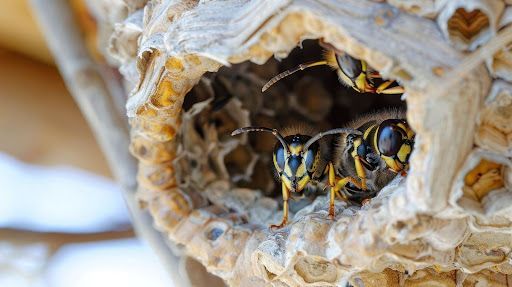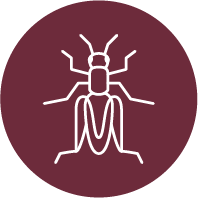The Science of Pest Control: Understanding How Pesticides Work and Their Impact on the Environment
Pest control is an essential aspect of modern agriculture and residential living. Pesticides, in various forms, have been used for centuries to manage pests and protect crops, property, and health. But how do these chemicals work, and what impact do they have on the environment? We will provide an overview of the science behind pesticides, their mode of action, and their potential effects on the environment.
The Basics of Pesticides
Pesticides are chemicals designed to control pests, which can include insects, rodents, fungi, and weeds. There are many types of pesticides, including insecticides, herbicides, fungicides, and rodenticides. These chemicals can be synthetic, derived from natural sources, or even biological agents like bacteria, viruses, or parasites.
Mode of Action: How Pesticides Work
Each pesticide has a specific mode of action that targets the physiological processes or structures of the pest organism. For example:
Insecticides: These target the nervous system of insects. Common insecticides, like pyrethroids and organophosphates, work by disrupting the normal function of nerve cells, ultimately causing paralysis and death.
Herbicides: These chemicals target specific plant processes or structures, such as photosynthesis, growth regulation, or cell division. Glyphosate, a widely used herbicide, inhibits a key enzyme in the synthesis of essential amino acids, resulting in plant death.
Fungicides: These chemicals attack specific fungal cell components or metabolic processes. For example, some fungicides target the cell wall, while others inhibit fungal respiration or cell division.
Rodenticides: These chemicals control rodents by targeting their vital organs or physiological processes, such as blood clotting, respiration, or digestion.
Environmental Impact of Pesticides
While pesticides are useful for controlling pests, they can also have unintended consequences on the environment. Here are some potential impacts:
Non-target effects: Pesticides can harm non-target organisms, including beneficial insects, wildlife, and humans. For example, neonicotinoids, a class of insecticides, have been implicated in declines of pollinator populations like bees and butterflies.
Pesticide resistance: Pests can develop resistance to pesticides through genetic mutations, leading to increased use of chemicals and potential environmental harm.
Pesticide runoff: Pesticides can contaminate water sources through runoff or leaching, affecting aquatic life and potentially entering the human food chain.
Bioaccumulation: Some pesticides can accumulate in the tissues of organisms and magnify up the food chain, posing risks to predators, including humans.
The science of pest control is complex, and understanding how pesticides work and their potential environmental impact is crucial for responsible use. While pesticides play an essential role in agriculture and residential pest control, it is important to consider alternative methods and integrated pest management (IPM) strategies to minimize the potential risks to the environment and human health. By understanding the science behind these chemicals, we can make informed decisions and promote sustainable pest control practices.
Proterra Pest Control can help you protect your home from a lot more than just rats. Click
here to see our pest library to get an idea of what kinds of pests we help you keep out of your home.

















